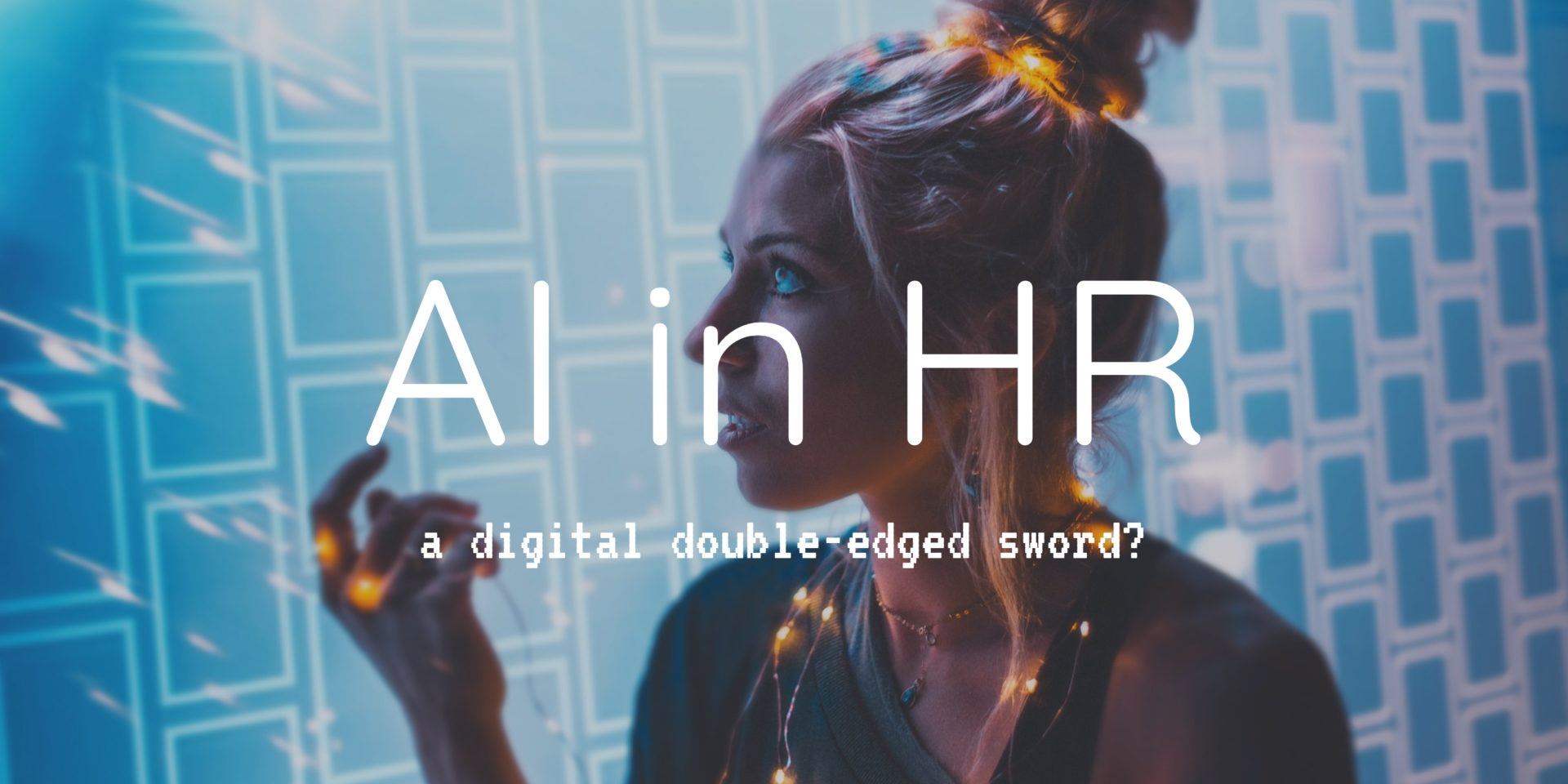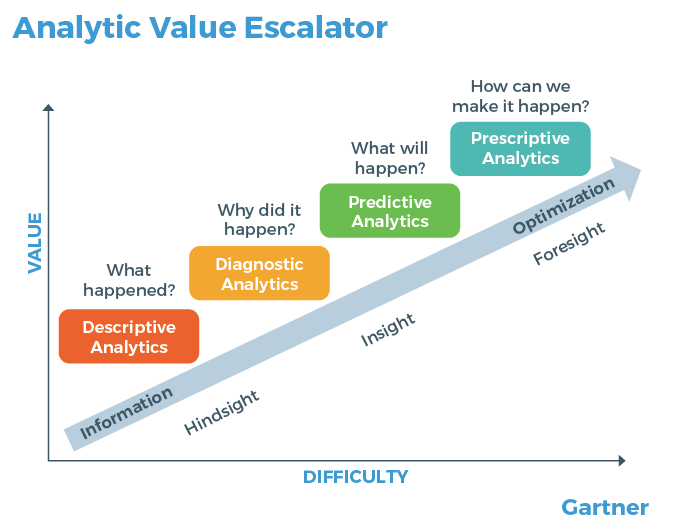
Machine Learning is a tool that can be used to help businesses predict customer lifetime value. This machine learning model can be used to analyze large data sets, and generate meaningful insights. These models can also be used to segment customers or predict customer behavior. Machine learning can help businesses improve customer experiences and predict future revenue. These are just a few benefits of Machine Learning for businesses. Read on to learn more about this technology.
Machine learning can help businesses analyze large volumes of data
Machine learning can be used in many ways. Machine learning can be used by businesses for improving cognitive services, such at image recognition, natural language processing, and other areas. Ultimately, this technology can help them to provide better customer experiences. An example of this is how image recognition can be used to make a website more secure and offer cashless checkout. In turn, this can increase customer loyalty. Machine learning can be used for smarter and more personalized shopping experiences.
Businesses are becoming more dependent on big data. It helps businesses understand customers and improve their processes. Businesses can also use it to identify patterns that would otherwise go unnoticed. Big data analytics aids businesses in identifying trends and uncovering hidden patterns that might not otherwise be easily seen. Machine Learning uses big data analytics to analyze huge data sets. Businesses can gain actionable insights by combining large data sets with machine learning algorithms.

It automates complicated workflows
Automating complex business workflows is an integral part of digital transformation. It streamlines human-dependent processes, makes them more accurate, and increases employee and customer satisfaction. Implementing this technology comes with risks. Among the main issues organizations face is the lack of training for employees, which can impede the adoption of automated solutions. Additionally, many businesses are concerned about cybersecurity risks associated with AI. Businesses can automate their workflows with low-code solutions, such as frevvo.
Business processes are the foundation of an organization. They create a huge repository of encoded information. AI uses this data as a base resource and applies intelligence. It can process massive amounts of data from multiple sources, and interpret it in many languages and formats. Automated workflows result in better service for customers, employees, partners, and customers. These automated workflows can reduce errors and processing times while increasing employee productivity.
It can predict customer behavior
Machine learning algorithms can be used to predict customer behavior and help businesses learn more about their customers. Companies can access customer data to gain insights into the customers they already have and what they wish to see. This data can allow them to make personalized offers and improve customer care. Machine learning can also be used by companies to customize marketing materials like emails. This will enable them to make better business decisions that will result in increased sales and higher retention.
Machine learning can be used to predict customer behavior in many ways. For studying consumer behavior, you can use primary, secondary, and focus group research as well as conversational marketing. Data analytics and behavioural analytics have helped eCommerce companies learn more about their customers' preferences and purchase history. They can analyse a customer's social media behavior to determine if they are more likely make a second purchase.

It improves customer experience
In addition to helping businesses develop actionable predictions, machine learning can help improve the overall customer experience. Companies that want to improve customer satisfaction need to understand how these factors can affect their overall experience. This can be done with a machine-learning-powered help desk. The majority of these systems come with a survey feedback feature which allows the customer to assess their level of satisfaction. One of the most common complaints customers have is that they spend too long waiting on the call line. This is because old customer service systems often route them to the wrong department and make customers wait for too long.
While there are a number of benefits to implementing ML in a business, it's also important to keep in mind the risks involved. A bot may make a mistake by applying data to the wrong place or in the wrong context, leading to incorrect conclusions. ML algorithms can also make errors related to race, gender, and financial information. Additionally, companies must consider the risks of using bots that will optimize certain parts of their business and not consider the impact on the rest of the business.
FAQ
Which industries are using AI most?
The automotive industry was one of the first to embrace AI. BMW AG uses AI as a diagnostic tool for car problems; Ford Motor Company uses AI when developing self-driving cars; General Motors uses AI with its autonomous vehicle fleet.
Other AI industries include insurance, banking, healthcare, retail and telecommunications.
What is the role of AI?
An artificial neural network consists of many simple processors named neurons. Each neuron processes inputs from others neurons using mathematical operations.
Neurons are arranged in layers. Each layer has a unique function. The raw data is received by the first layer. This includes sounds, images, and other information. Then it passes these on to the next layer, which processes them further. The final layer then produces an output.
Each neuron has its own weighting value. This value is multiplied each time new input arrives to add it to the weighted total of all previous values. If the result is more than zero, the neuron fires. It sends a signal along the line to the next neurons telling them what they should do.
This is repeated until the network ends. The final results will be obtained.
Which are some examples for AI applications?
AI is used in many fields, including finance and healthcare, manufacturing, transport, energy, education, law enforcement, defense, and government. These are just a few of the many examples.
-
Finance - AI has already helped banks detect fraud. AI can identify suspicious activity by scanning millions of transactions daily.
-
Healthcare - AI is used to diagnose diseases, spot cancerous cells, and recommend treatments.
-
Manufacturing - AI can be used in factories to increase efficiency and lower costs.
-
Transportation - Self-driving cars have been tested successfully in California. They are now being trialed across the world.
-
Utilities use AI to monitor patterns of power consumption.
-
Education – AI is being used to educate. Students can interact with robots by using their smartphones.
-
Government - Artificial Intelligence is used by governments to track criminals and terrorists as well as missing persons.
-
Law Enforcement – AI is being used in police investigations. Investigators have the ability to search thousands of hours of CCTV footage in databases.
-
Defense - AI can both be used offensively and defensively. It is possible to hack into enemy computers using AI systems. Protect military bases from cyber attacks with AI.
How does AI work
An algorithm is a sequence of instructions that instructs a computer to solve a problem. An algorithm can be described in a series of steps. Each step has a condition that determines when it should execute. A computer executes each instruction sequentially until all conditions are met. This continues until the final result has been achieved.
For example, let's say you want to find the square root of 5. It is possible to write down every number between 1-10, calculate the square root for each and then take the average. You could instead use the following formula to write down:
sqrt(x) x^0.5
This means that you need to square your input, divide it with 2, and multiply it by 0.5.
A computer follows this same principle. It takes your input, squares it, divides by 2, multiplies by 0.5, adds 1, subtracts 1, and finally outputs the answer.
What is the most recent AI invention?
Deep Learning is the latest AI invention. Deep learning, a form of artificial intelligence, uses neural networks (a type machine learning) for tasks like image recognition, speech recognition and language translation. Google was the first to develop it.
Google is the most recent to apply deep learning in creating a computer program that could create its own code. This was achieved using "Google Brain," a neural network that was trained from a large amount of data gleaned from YouTube videos.
This enabled the system to create programs for itself.
IBM announced in 2015 the creation of a computer program which could create music. Also, neural networks can be used to create music. These are called "neural network for music" (NN-FM).
Who are the leaders in today's AI market?
Artificial Intelligence is a branch of computer science that studies the creation of intelligent machines capable of performing tasks normally performed by humans. It includes speech recognition and translation, visual perception, natural language process, reasoning, planning, learning and decision-making.
There are many types of artificial intelligence technologies available today, including machine learning and neural networks, expert system, evolutionary computing and genetic algorithms, as well as rule-based systems and case-based reasoning. Knowledge representation and ontology engineering are also included.
Much has been said about whether AI will ever be able to understand human thoughts. However, recent advancements in deep learning have made it possible to create programs that can perform specific tasks very well.
Today, Google's DeepMind unit is one of the world's largest developers of AI software. Demis Hassabis was the former head of neuroscience at University College London. It was established in 2010. In 2014, DeepMind created AlphaGo, a program designed to play Go against a top professional player.
What will the government do about AI regulation?
While governments are already responsible for AI regulation, they must do so better. They should ensure that citizens have control over the use of their data. They must also ensure that AI is not used for unethical purposes by companies.
They also need to ensure that we're not creating an unfair playing field between different types of businesses. A small business owner might want to use AI in order to manage their business. However, they should not have to restrict other large businesses.
Statistics
- In the first half of 2017, the company discovered and banned 300,000 terrorist-linked accounts, 95 percent of which were found by non-human, artificially intelligent machines. (builtin.com)
- More than 70 percent of users claim they book trips on their phones, review travel tips, and research local landmarks and restaurants. (builtin.com)
- The company's AI team trained an image recognition model to 85 percent accuracy using billions of public Instagram photos tagged with hashtags. (builtin.com)
- According to the company's website, more than 800 financial firms use AlphaSense, including some Fortune 500 corporations. (builtin.com)
- By using BrainBox AI, commercial buildings can reduce total energy costs by 25% and improves occupant comfort by 60%. (analyticsinsight.net)
External Links
How To
How do I start using AI?
One way to use artificial intelligence is by creating an algorithm that learns from its mistakes. You can then use this learning to improve on future decisions.
For example, if you're writing a text message, you could add a feature where the system suggests words to complete a sentence. It would take information from your previous messages and suggest similar phrases to you.
It would be necessary to train the system before it can write anything.
Chatbots are also available to answer questions. One example is asking "What time does my flight leave?" The bot will answer, "The next one leaves at 8:30 am."
Our guide will show you how to get started in machine learning.